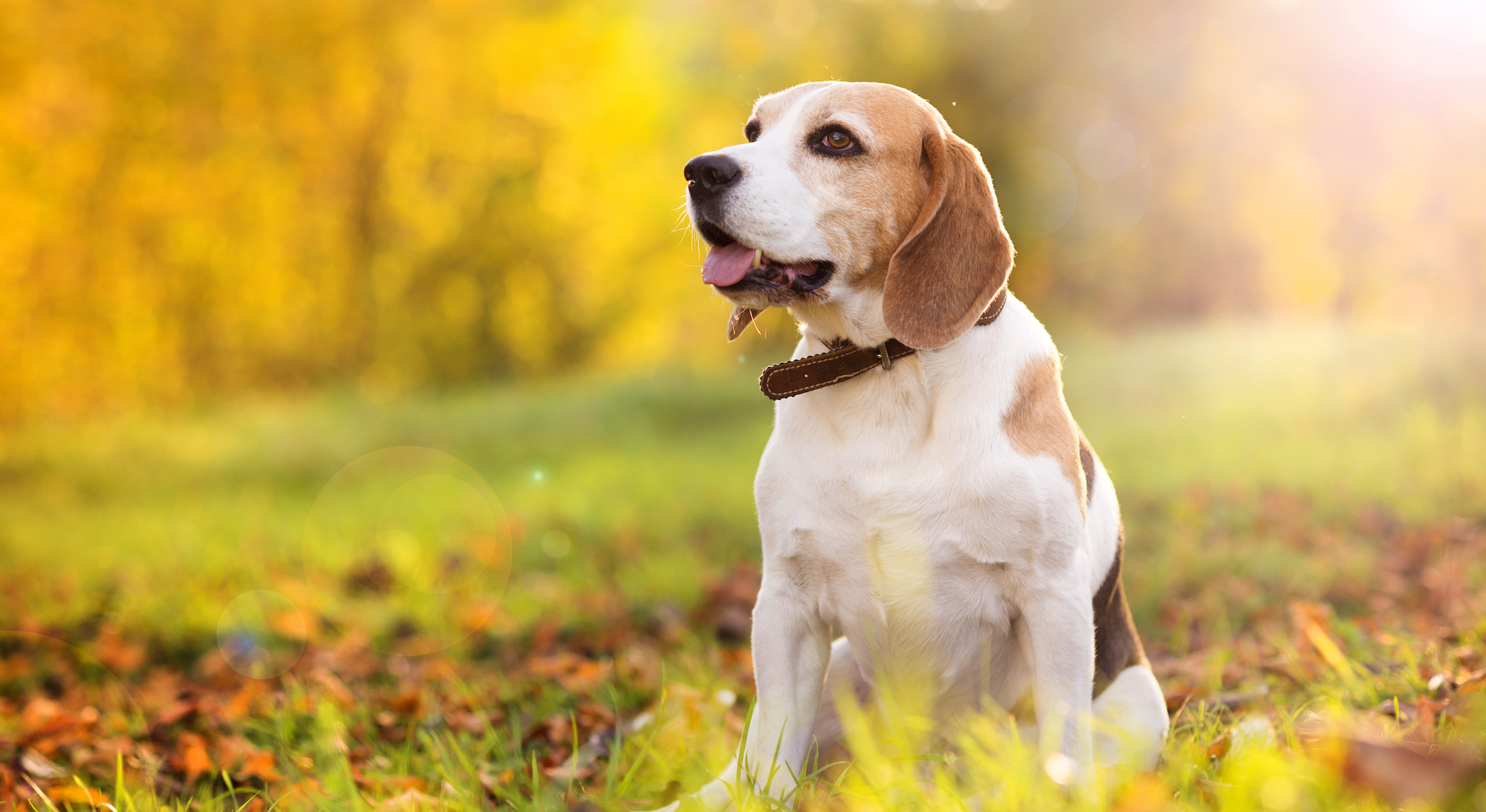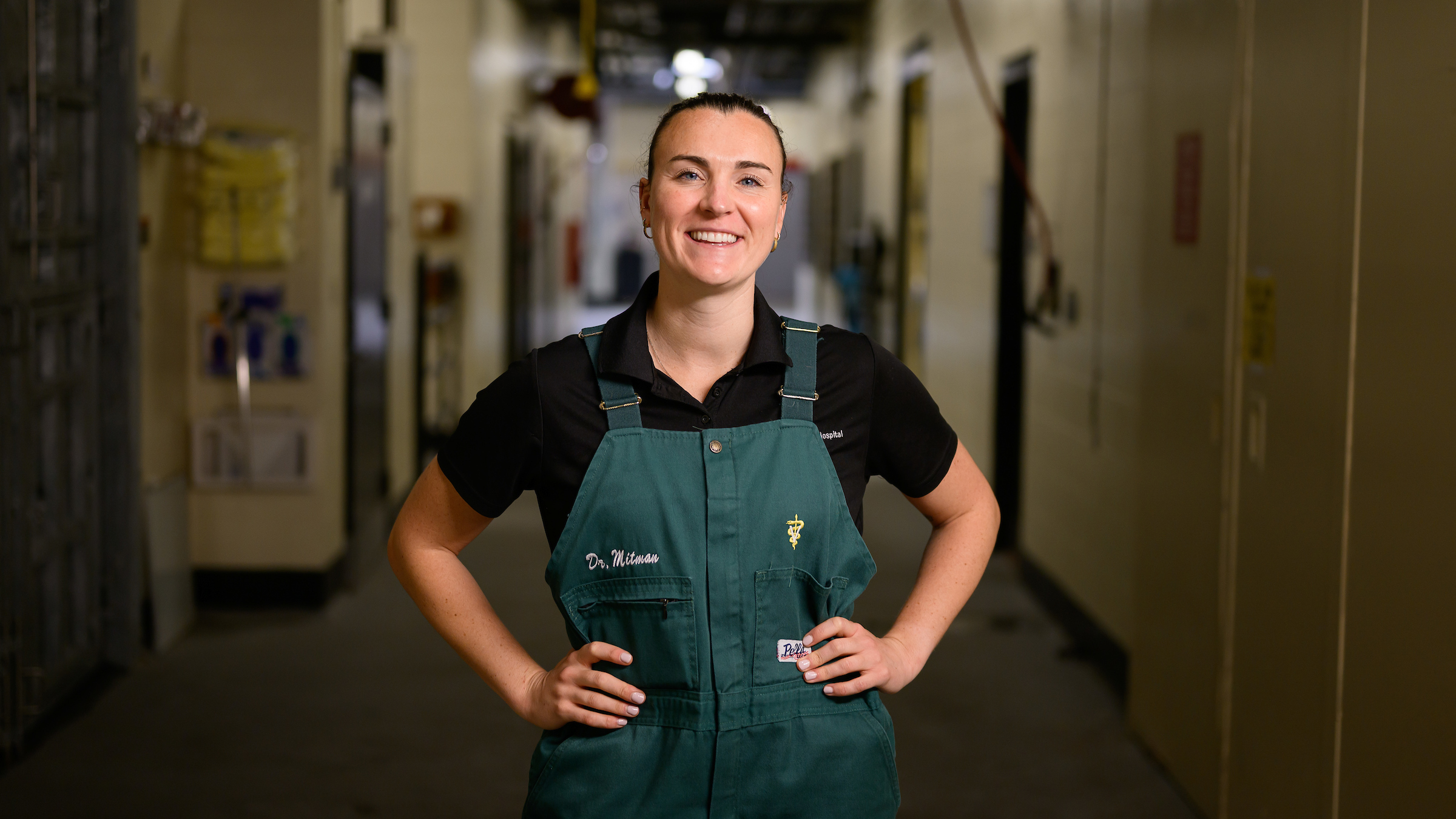Thanksgiving is a time for gathering with close friends and family — and that typically means pets, too.
But with an overabundance of enticing food, busy schedules and perhaps a lot of unfamiliar guests, pet health and safety risks abound during the holiday.
And with more people sharing Thanksgiving with others in person this year as well as traveling for the holiday, it’s more important than ever for pet owners to be vigilant.
Here are some tips to make sure everyone is happy on turkey day.
On the Menu
If the wonderful aroma of a Thanksgiving feast being prepared makes you salivate, just imagine what it does to your dog. A small bite of most people food is not dangerous, but owners do need to be vigilant so that a trip to the veterinarian is not part of your Thanksgiving season.
This time of year with dinners, visitors, holiday decorations, and general hustle and bustle can be particularly challenging for owners of adventurous pets.
Your dog’s proper diet should be a constant. Many owners will be tempted to share the bounty of holiday goodies, but the dog’s health should win out. Do your best to keep people food and pets as separate as possible.
Fatty scraps like gravy, turkey or chicken skin, oily or greasy side dishes, other rich foods and dietary indiscretions can lead to severe digestive tract issues. Even gravy or cooking juices poured over dry pet food can be a problem.
Also important: Keep trash in a place where pets can’t find it, preferably in a closed container outside or behind a closed door. Make sure trash bags are covered and tightly secured.
Foods Pets Should Never Eat
Take these off the Thanksgiving menu for your pet:
- Avocado
- Bread dough
- Chocolate
- Coffee beans/grounds
- Grapes and raisins
- Macadamia nuts
- Onion
- Garlic
- Walnuts
- Nutmeg
- Mushrooms
- Sage
- Raw/undercooked meat
- Xylitol, a sweetener used in many baked goods and gum
Party Planning
If you’re hosting a large Thanksgiving dinner, pets may be confused or scared by the slightest hint of the unfamiliar.
The first step: Make sure pets see you interacting positively with guests and show that they aren’t threats. This may influence how your pet behaves around them as well, especially if they have never met them.
Another option is creating a pet “safe room,” an area of the home they are familiar with, comfortable in and a place guests are unlikely to wander into. If your pet typically handles new people and crowds well, it still pays to help them get used to the new sights and smells.
Make sure to keep a close eye on pets, especially as guests enter and exit, so they aren’t able to make a break for it through the door. The holidays are a great time to make sure identification tags and microchips are updated.
Travel Buddies
Most Thanksgiving travel is by car and if your pet is typically fine riding for short distances it does not necessarily mean long trips will be comfortable. Take breaks and check on them periodically. Make sure dogs can use the bathroom while on a leash at areas such as rest stops. Bring along plenty of water, as well as food and treats.
Cats must be in carriers to travel safely in a car, though carriers may not be necessary for dogs. Consult with your primary care veterinarian about your pet’s specific travel needs.
If you’re flying, check in advance with your carrier; airlines have regulations for traveling with pets. A good way to prepare for long-term confinement in a plane is working with your pets ahead of time to help them get accustomed positively to a carrier required by airlines. It’s usually not a good idea to put them in a carrier for the first time right before takeoff.
If boarding your pet for Thanksgiving, make sure it is at a kennel the animal is familiar with. If using a kennel for the first time, have your pet visit it first and try day boarding ahead of the holiday.
- Categories:



